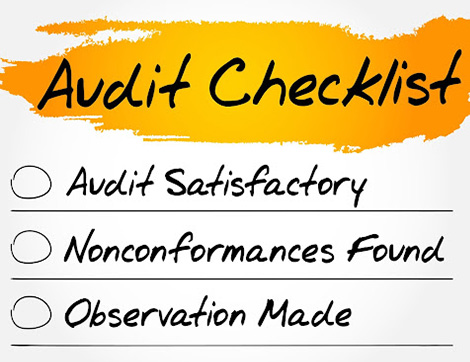
Set boundaries, establish guidelines, and work within them.
Organisations providing training services have a responsibility to ensure that their activities are carried out in a manner that is compliant with the expectations of the relevant regulatory bodies. This includes setting boundaries and establishing guidelines for staff and clients.
As a training organisation, it’s important to set boundaries and establish guidelines. This will help you stay within the parameters of your organisation, and ensure that you’re providing the best possible training service to your clients and staying compliant with the regulatory requirements according to the expectations of the regulatory bodies such as ASQA.
Some boundary setting may be required in order to:
- Maintain a comprehensive policies and procedures framework
- Maintain high-quality training services
- Ensure legal and ethical compliance with organisational policies and external regulation
- Facilitate positive working relationships between trainers, trainees and clients.
- Organisational boundaries may include:
- Physical space: Where is training allowed to take place? Are there any dangerous areas off-limits?
- Time: What are the start and finish times for training sessions? Is there an allotted time for breaks?
- Materials: What materials or equipment can be used during training? Are there any dangerous materials that should be avoided?
- Behaviour: What behaviour is expected of trainers and trainees during training sessions? Are there any rules about speaking or interacting with others?
It’s important to communicate these boundaries to all involved in the training process so that everyone is clear on what is expected of them. By setting and enforcing these boundaries, you can help to ensure a safe, positive and productive learning environment for all.
There are a few things to keep in mind when setting boundaries and establishing guidelines:
The type of organisation you are running: What are the specific requirements of the regulatory body that you need to comply with? Are there any industry-specific standards that you need to adhere to?
Your clients: What are their expectations and needs? How can you best meet those needs within the confines of your organisation’s boundaries and guidelines?
Your staff: What do they need to know in order to carry out their roles effectively? What are their capabilities and limitations?
Your resources: What do you have available to you in terms of time, money and manpower? How can you make the most of what you have available?
Define the scope of your services. What kind of training do you offer? What are your areas of expertise? Make sure that you’re clear about what you can and cannot offer so that you can set the appropriate expectations with your clients.
Make sure your boundaries are realistic. If you set too many restrictions, you’ll likely find yourself unable to provide the training that your clients need. Likewise, if you set too few boundaries, you may find yourself overstepping your bounds and causing problems for your organisation.
Be clear about what your boundaries are. Your clients should know exactly what they can and cannot do during their training sessions. This will help them stay within the bounds of your organisation, and avoid any potential misunderstandings.
Enforce your boundaries. If you find that your clients are constantly pushing the limits of your boundaries, it’s important to take action. This may mean terminating their contract or providing them with a warning.
Communicate with your clients. Throughout the training process, it’s important to keep your clients updated on your boundaries and guidelines. This will help them stay informed, and avoid any potential surprises. Make sure that all your RTO stakeholders understand what your policies are and how they will be enforced. This will help them know what to expect from your service and avoid any surprises.
Be clear about your pricing. Make sure that your clients know how much your services cost so that there are no surprises down the road.
Follow up with your clients after they’ve attended a training session. Make sure that they’re satisfied with the service that they received and address any concerns that they may have.
By following these strategies, you can ensure that you’re setting appropriate boundaries and establishing clear guidelines for your training organisation. This will help you provide the best possible service to your clients, and avoid any potential problems.
If you have any questions about setting boundaries in your training organisation, please get in touch with us today. We’d be happy to help!
Comments are closed.